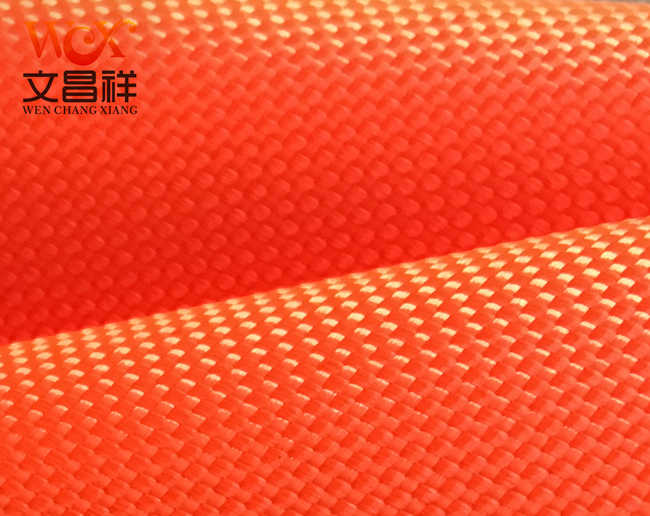D: called the denier value, denier=g/L*9000 where g is the silk thread Weight (grams), L is the length of the silk thread (meters), which is used to indicate the weight of the yarn woven into this fabric. The gram weight of a single yarn per 9,000 meters is the D number of the fabric. The larger the number before D, the thicker and heavier the fabric fiber is for the same area.
Generallyspeaking,polyesteristhinandlight,hashighstrength,goodelasticity,wearresistanceandcorrosionresistance,andissuitableformountaineeringandhikingcampers.Oxfordclothisthickbutheavy,suitableformakinglargetentsfordrivingcampingorsmallgroups.Fromtheperspectiveofwaterproofcoating,althoughPVC(polyvinylchloride)isgoodatwaterproofing,itwillhardenandbecomebrittleinwinter,anditiseasytocreaseorbreak.PU(polyurethane)coatingcannotonlyovercometheshortcomingsofPVC,butalsohasagoodwaterproofeffect.Thesilver-coatedmaterialcanprotectagainstultravioletraysandismainlyusedforleisurebeachtents,sunshadetents,advertisingtents,etc.
Nowadays, some ultra-light tents are more popular. Unlike the previous nylon and polyester fabrics that were coated with PU layer to make them waterproof, they use silicone (silicone resin) technology, which is much lighter in weight, but also more expensive. Quite a few.

Oxford cloth What are the specifications? Such as 1680D, 1200D, 900D, 600D, 420D, 300D, 210D, 150D and other Oxford cloth. Function classification of Oxford cloth: fire-retardant cloth, waterproof Oxford cloth, PVC Oxford cloth, PU Oxford cloth, camouflage Oxford cloth, fluorescent Oxford cloth, Printed Oxford cloth, composite Oxford cloth, etc.
</p






